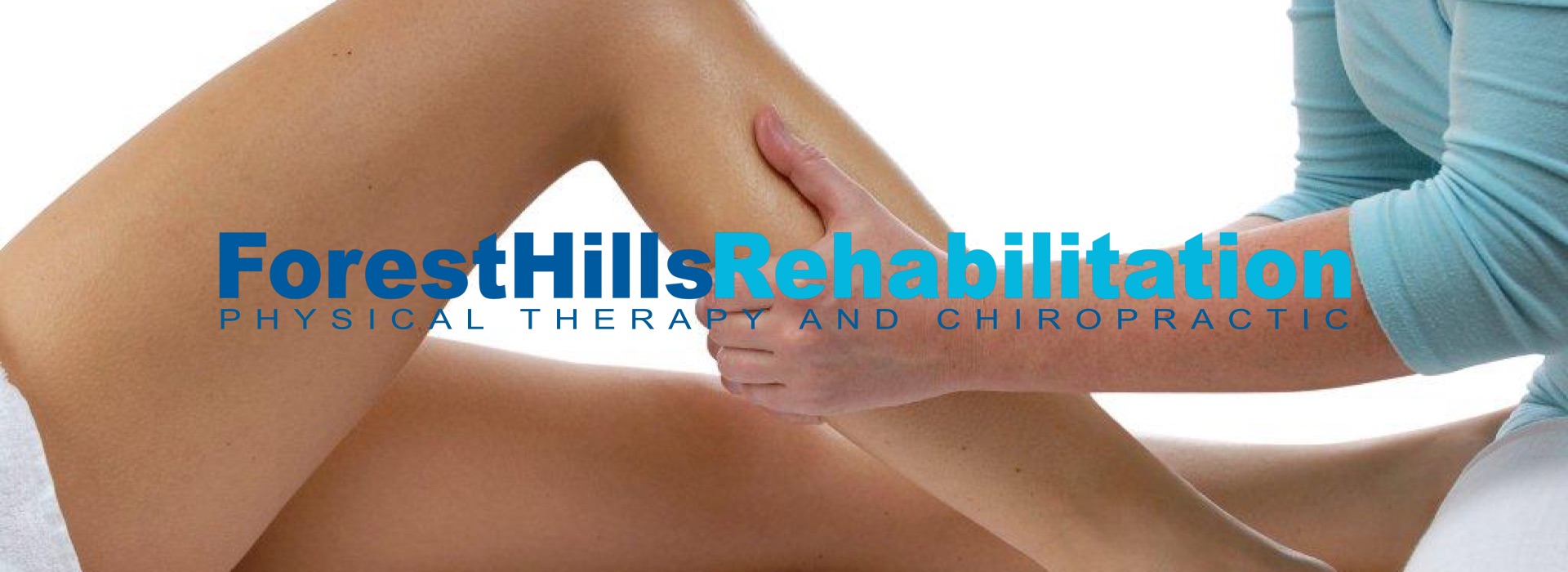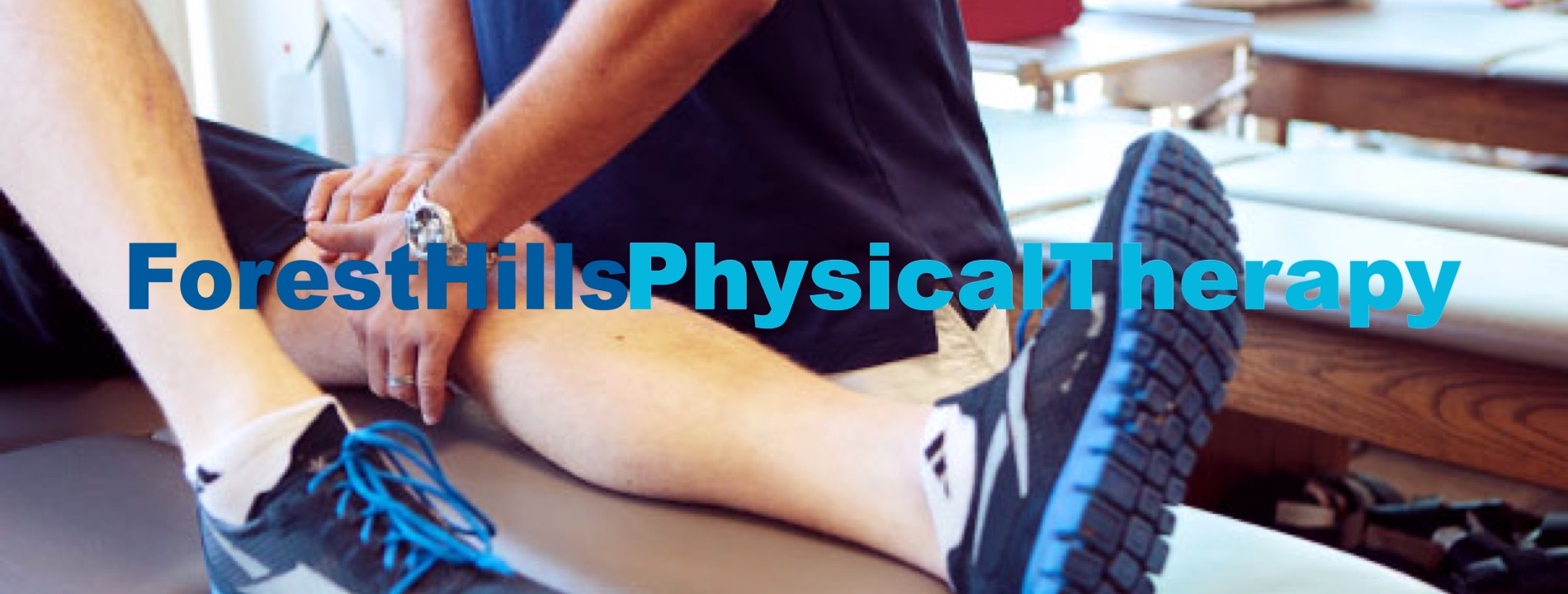Surprising Truths About Degenerative Disc Disease - Forest Hills
Degenerative disc disease, despite the name, is not a disease but a deterioration of the discs of the spine. It occurs over a period of time, resulting in neck or back pain and other musculoskeletal and neurological symptoms. It is common in adults in their thirties.
Types of degenerative disc disease
Cervical: affects the neck and is referred to as cervical degenerative disc disease
Lumbar: affects the lower back and is called lumbar degenerative disc disease
The cervical and lumbar regions of the spine are susceptible to damage due to increased movement capabilities. Constant motion over time results in the wear and tear of the discs.
Signs and Symptoms of DDD
Most patients report one or more of the following symptoms.
Pain is triggered by an activity
Pain flares up periodically and then settles to a low-grade pain/discomfort
Sitting or standing for long periods of time worsen the pain
Activities such as walking may alleviate the pain
Relief upon changing body position
Muscle spasms
Tingling sensations in the extremities
Any activity that triggers pain in the neck or lower back should be ceased immediately. If there is no relief with rest, consult with a physical therapist. Early intervention could save you from further damage to the disc, muscles and ligaments.
Management of Degenerative Disc Disease
Physical therapy helps treat the underlying factors such as the instability of the intervertebral joints and the associated inflammation. Your physician may recommend prescription medication to provide relief. Once the pain is reduced, specific exercises and specialized physical therapy techniques are utilized to achieve lasting relief.
Treatment falls into one of the following three categories:
Medical
Pain control with acetaminophen, prescription medications, narcotics, etc.
Nonsteroidal anti-inflammatory medication (NSAID, steroid injection etc.)
Surgical (if required)
Fusion of the discs
Replacement of the damaged disc with an artificial disc
Conservative (Physical therapy)
Exercise: Progressive controlled exercises under supervision. These include stretching, strengthening and low-impact aerobics.
Lifestyle modification: Improved posture and movement patterns reduce stress on the spine. Ergonomically designed chairs can also relieve pressure on the spine.
Self-care including weight management, treatment of depression, etc.
A Stronger Spine
Prevention Tips
Poor posture, especially in a sitting position, can cause bone and joint issues over time. If your job is sedentary it is important to:
Perform stretching exercises at regular intervals.
Adjust the height of your desk chair and computer to minimize strain on your neck and lower back. (Come to our office for an evaluation and we will identify the most appropriate height for you).
Invest in footwear to reduce stress on the lower back
Call our office without delay if you are at risk of developing DDD. If you, or someone you know, has been diagnosed with DDD, a physical therapy program, combined with traditional medicine, is critical for recovery.
Physical therapy interventions include:
Strengthening
Postural retraining
Ergonomic intervention
Use of modalities including electrical stimulation for muscle reeducation
Physical therapy will improve blood circulation to the affected region and reduce pain by facilitating the release of endorphin (pain relief chemicals naturally produced by the body). The long-term goal is to reestablish range of motion over time and assist in recovery. Call us today to learn more about what physical therapy can do for you.
Forest Hills Rehabilitation
108-14 72nd Avenue 4th Floor Forest Hills NY 11375
Phone: 718-520-8480





